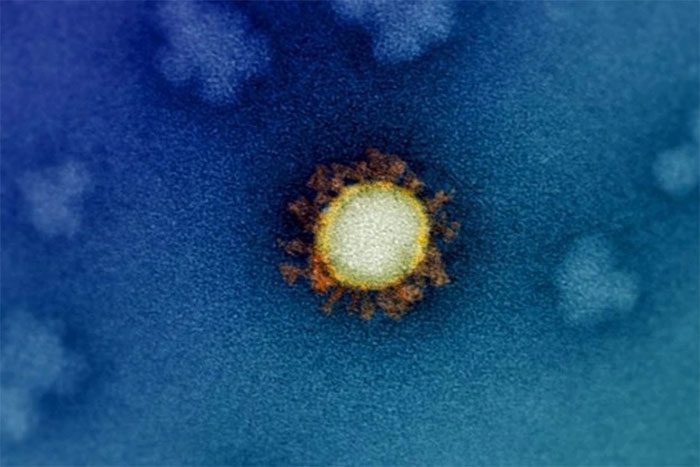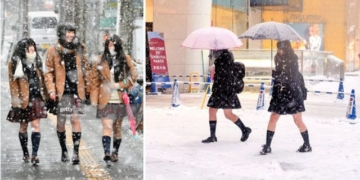According to scientists, a significant factor contributing to the success of this virus strain is its relentless self-renewal capability, which is reflected in the rapid emergence of numerous new variants.
Ravaging the world for the past three years, SARS-CoV-2 is now recognized as one of the most dangerous and frightening viruses in history.

SARS-CoV-2 only takes 6 weeks to produce a new variant.
According to researcher Sebastian Duchene from the Peter Doherty Institute for Infection and Immunity in Australia, while typical viruses take at least one year to produce a continuously evolving variant, SARS-CoV-2 does this in just 6 weeks.
In a recent study, Duchene and his colleagues sought to investigate the origin of this rapid “proliferation” based on available sequences of SARS-CoV-2 genomes and notable variants.
The results indicated that for variants such as Alpha, Beta, Gamma, and Delta, they observed numerous mutations within a relatively short time frame. Additionally, each mutation could alter characteristics such as transmissibility, replication, and the physical impact of the variants…
“The number of mutations observed is much higher than we expected,” Duchene emphasized. “The background substitution rate of SARS-CoV-2 indicates that this virus accumulates about 2 mutations per month.”
The researchers noted that the emergence of these variants is likely due to natural selection, influenced by various factors such as environmental conditions, climate temperature, community immunity, and global vaccination rates. A simple case like persistent infections in specific immunocompromised individuals could also create the impetus for the virus to change its properties.
“Although there is still much we do not fully understand about the causes of the rapid mutations of SARS-CoV-2, the fact that we can observe and track this happening means that monitoring the virus’s genome is crucial,” Duchene stated.
The Australian researcher affirmed that if we can grasp this, the results obtained could provide us with opportunities to prevent the next wave—rather than just responding to them.
“Imagine if you could detect Omicron in a few initial patients—if you could prevent it from spreading from there, we wouldn’t be in the situation we are now.”



















































